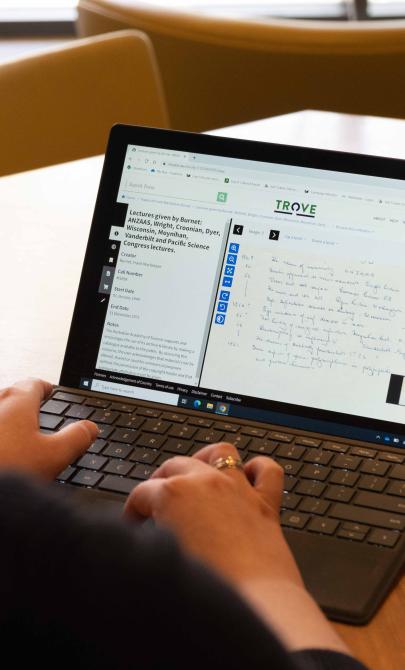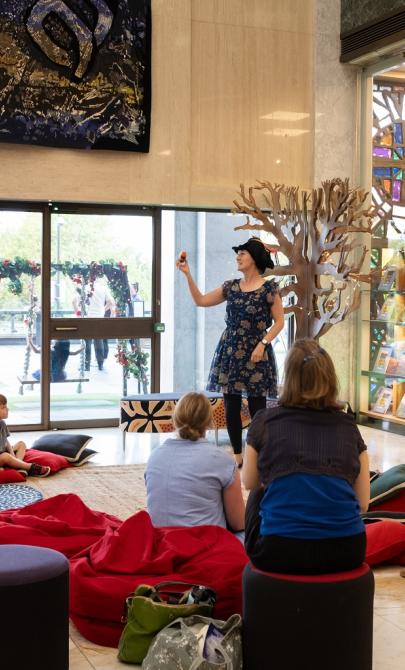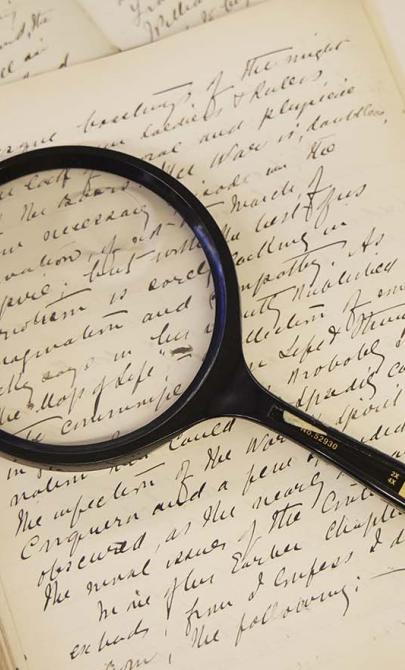Dirk Hartog and the Tale of Two Plates
The earliest European contact
In 1616, Dutch captain Dirk Hartog was sailing the Eendracht to the East Indies when a storm blew his ship off course. Using the strong winds of the ‘Roaring Forties’, Hartog made contact with the west coast of Australia — only the second time Europeans had reached the continent.
He spent 3 days exploring what is now known as Dirk Hartog Island. Finding the land uninhabitable and of no use to the Dutch East India Company (VOC), Hartog left a flattened pewter dinner plate inscribed with the date of his arrival. He nailed the plate to a wooden post before continuing north along the coast, charting the area for the first time.
The plate remained on the island for over 80 years.
In 1697, Dutch captain Willem de Vlamingh visited the island and found the weathered plate. He took it and replaced it with a new pewter plate that copied Hartog’s inscription and added his own.
This second plate stayed on the island until 1801, when two French ships, Naturaliste and Géographe, arrived. A young French cartographer, Louis de Freycinet, removed the plate but was ordered to return it by his captain.
Seventeen years later, now a captain himself, Freycinet returned to the island aboard the Uranie. He again removed the Vlamingh plate and took it back to France. It remained there, largely forgotten, until it was rediscovered in 1940 and later returned to Australia.
Today, the original Hartog plate is held by the Rijksmuseum in Amsterdam. The original Vlamingh plate is in the collection of the Western Australian Maritime Museum. The National Library of Australia holds a replica of the Vlamingh plate.
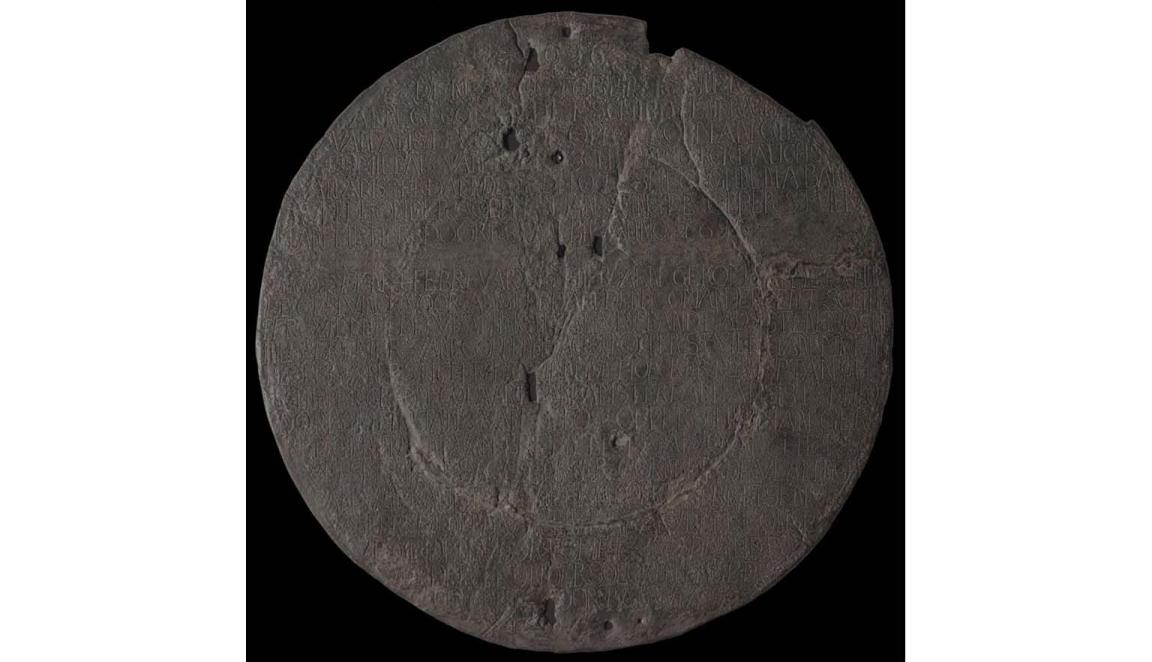
Replica of the Vlamingh Plate [realia], 1950, nla.gov.au/nla.obj-135734827
Replica of the Vlamingh Plate [realia], 1950, nla.gov.au/nla.obj-135734827
Learning activities
Activity 1: Timeline task
Create a timeline of key visits to Dirk Hartog Island between 1606 and 1818. Consider:
- How many visitors came to Shark Bay in that time?
- What nationalities were they?
- Did any of them claim the land? Why or why not?
- Who did the land belong to?
Activity 2: Investigating the plates
View the original Hartog plate in the Rijksmuseum and the replica Vlamingh plate in the National Library of Australia.
Tell them that Hartog chose to use pewter to record his visit to the Western Australian coast. Discuss:
- What is pewter?
- What was it used for in the 17th and 18th centuries?
- Why might Hartog have chosen pewter for his plate?
- Why do you think he left it behind?
- What did he write on it?
- What did Vlamingh write?
- How are the plates different?
Activity 3: 400-year anniversary
2016 marked 400 years since Hartog's arrival. Explore:
- What events were planned to mark the anniversary?
- What is a 400-year anniversary called?
- How has Dirk Hartog Island changed in 400 years?
- What are the future plans for the island, and why?
Activity 4: Your legacy on a new planet
Imagine you're the first person to land on a newly discovered planet. You're leaving behind an object or message for future explorers.
Consider:
- Where will you leave it?
- What are the environmental conditions?
- What material will you use, and why?
- What will you include on it?
- Why is it important to leave a record?
Draw and label your object. Display it in the classroom.
Activity 5: Mapping history
Explore two maps created by Willem de Vlamingh in 1697. These maps were so accurate that Matthew Flinders used them to complete his own map of Australia in 1814.
Compare them with Google Maps.
Investigate the Vlamingh maps with the following questions:
- How accurate are the maps?
- What challenges did explorers face in mapping new coastlines?
- Why did Vlamingh name an island near Perth 'Rottnest'?
- Where else did he explore?
- Why was he sent to the west coast of Australia?
Then, examine Freycinet's maps and drawings:
Ask:
- What did Freycinet find in 1803 and again in 1818?
- What did he do with those findings?
- What name did he give to the land?
- Who does he mention on the map?
- What is shown in the scene with the local Indigenous people?
- What happened on Freycinet’s return to France?
- What else did he take on board that was unusual?
Activity 6: Creative writing task
Write a short narrative from the perspective of an Indigenous person present during the 1818 visit. Consider:
- What might they have felt about the arrival of these strangers?
- What was exchanged?
- How did the encounter impact their lives?
Activity 7: Who really claimed the west?
Frenchman François de Saint Aloüarn visited Dirk Hartog Island in 1772. He claimed the western half of Australia for France before dying on his return voyage.
Research his journey and then hold a classroom debate on the topic: ‘Western Australia actually belongs to the French.’
Encourage students to explore the perspectives of:
- First Nations peoples
- The English
- The French
- The Dutch
Activity 8: Where does the plate belong?
Hartog's original plate now resides in the Rijksmuseum in Amsterdam as the earliest artefact of European visitation to Australia. The original Vlamingh plate is held at the Western Australian Maritime Museum; however, this wasn't always the case. The Vlamingh plate has moved from Australia to France, and back to Australia.
Use Trove to investigate how the Vlamingh plate was returned to Australia from France in the 1940s. Search for newspaper articles and consider:
- What should determine where an object of this significance is held?
- Why did Western Australia claim ownership?
- What did the National Library receive in exchange?
- Where do you think the plate should be kept, and why?
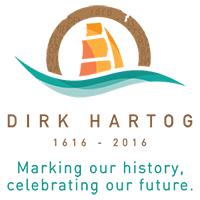
Acknowledgement
This resource has been generously supported by the Embassy of the Kingdom of the Netherlands in Australia, to commemorate the 400th anniversary of the arrival of Dirk Hartog on the West Australian coast in 1616.
